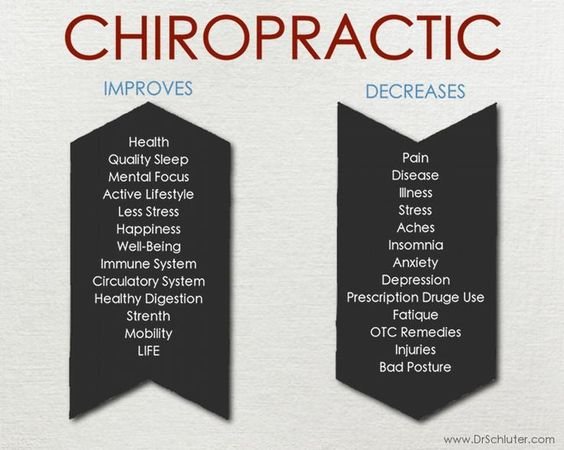The Impact Of Stance On Pain In The Back: Guidelines For Keeping Good Positioning Throughout Your Day-To-Day Regular
The Impact Of Stance On Pain In The Back: Guidelines For Keeping Good Positioning Throughout Your Day-To-Day Regular
Blog Article
Uploaded By- https://head-and-neck-injury-from52849.bloggactif.com/33199403/a-novice-s-guide-to-understanding-various-sorts-of-neck-and-back-pain-reasons-and-therapies
Maintaining appropriate pose isn't nearly sitting up directly; it has to do with straightening your body in such a way that sustains your spinal column and lowers the danger of pain in the back. The means you rest, stand, and move throughout the day can substantially influence your spine wellness. However exactly how precisely can you guarantee excellent alignment constantly, even during active days full of various activities? Allow' does medicaid cover chiropractic care into the subtle yet impactful modifications you can make to your day-to-day routine to keep your back happy and healthy.
Relevance of Proper Posture
Proper stance is critical in maintaining a healthy and balanced back and stopping discomfort. When you sit or stand with great position, your spine is in alignment, minimizing pressure on your muscular tissues, ligaments, and joints. This placement allows the body to distribute weight evenly, preventing too much tension on particular areas that can lead to pain and discomfort. By maintaining your spinal column effectively straightened, you can additionally improve your breathing and food digestion, as slouching can compress body organs and limit their performance.
Additionally, maintaining great posture can improve your overall look and self-esteem. When you stand tall with your shoulders back and head held high, you show self-confidence and show up even more approachable. Great position can likewise make you really feel much more energized and sharp, as it advertises proper blood flow and permits your muscles to function effectively.
Including appropriate stance into your day-to-day regimen, whether resting at a desk, walking, or working out, is vital for avoiding neck and back pain and promoting general health. Remember, a small adjustment in just how you hold on your own can make a considerable difference in just how you feel and operate throughout the day.
Common Postural Mistakes
When it pertains to preserving excellent stance, several people unconsciously make usual blunders that can add to neck and back pain and discomfort. One of the most widespread errors is slumping over or hunching over while sitting or standing. This position puts too much stress on the spine and can cause muscle mass imbalances and discomfort over time.
One more common blunder is overarching the reduced back, which can flatten the natural contour of the back and trigger discomfort. Additionally, going across legs while resting might feel comfortable, however it can produce an inequality in the hips and hips, causing postural problems.
Making use of a pillow that's too soft or too solid while resting can additionally impact your alignment and contribute to back pain. Last but not least, constantly craning your neck to consider displays or readjusting your placement regularly can strain the neck and shoulders. Being mindful of these common postural errors can aid you maintain better positioning and minimize the risk of neck and back pain.
Tips for Correcting Alignment
To boost your placement and lower pain in the back, it's essential to focus on making small modifications throughout your day-to-day regimen. Start by bearing in mind your pose. When sitting, guarantee your feet are flat on the floor, your back is straight, and your shoulders are kicked back. Avoid slouching or leaning to one side. Use ergonomic chairs or pillows to sustain your reduced back.
When standing, disperse your weight evenly on both feet, keep your knees a little bent, and tuck in your hips. Engage your core muscular tissues to support your spine. Take breaks to stretch and walk if you have an inactive job. Incorporate workouts that reinforce your core and back muscle mass, such as slabs or bridges.
While sleeping, utilize a cushion that sustains the all-natural curve of your neck to maintain proper spinal alignment. Stay clear of sleeping on your tummy, as it can stress your neck and back. By being mindful of these ideas and making small modifications, you can slowly correct your alignment and alleviate back pain.
Conclusion
Keep in mind, preserving great posture is key to avoid neck and back pain and promoting back health. By being mindful of your placement, distributing weight evenly, and involving your core muscles, you can minimize strain on your back and reduce the danger of pain and injury. Include ergonomic assistance, take routine breaks to stretch, and strengthen your core and back muscles to preserve appropriate positioning throughout the day. Your back will certainly thanks for it!
